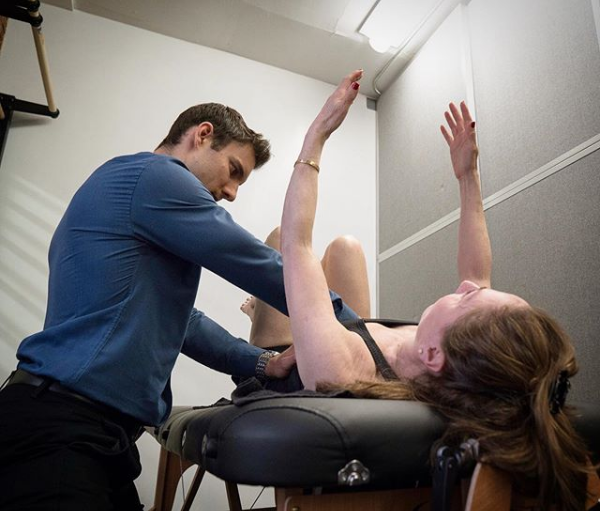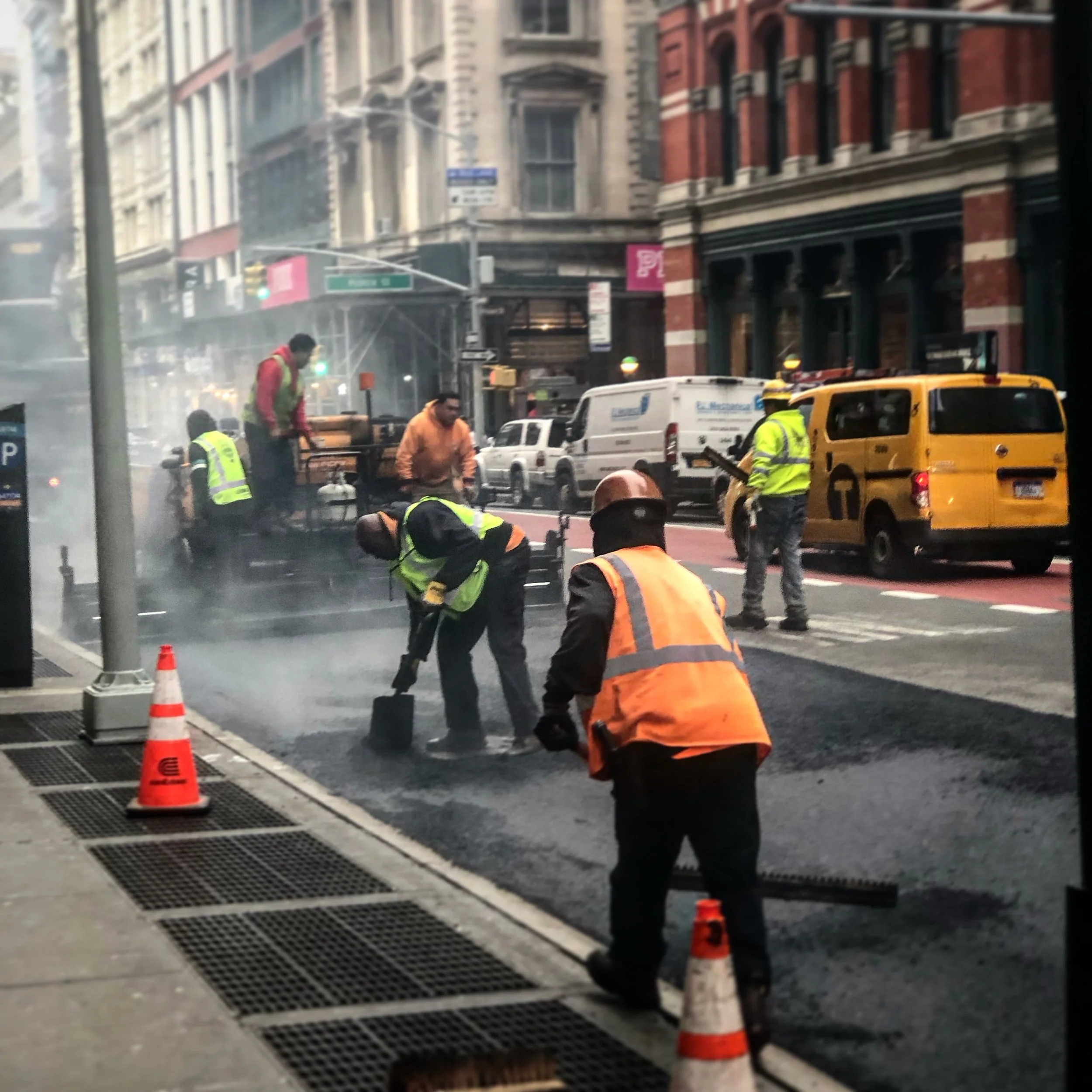“If we don't know how to mourn and rebuild, we are incentivized to keep the storms of our lives raging indefinitely.” -Heidi Priebe
Mourning plays such a big role in therapy, and it so rarely gets talked about as the sign of growth that it often is.
I don’t have faith in a lot of the things I believed when I was younger, but there is a way faith still exists for me.
Don't get me wrong, I work hard to get people out of care as fast as possible, and sometimes big, fast changes can be stable, but there is a critical difference between a dramatic flash in the pan change and a long-term, stable one.
“Self-regulation” is a term that’s become a casualty of the internet being the internet, and its meaning isn’t clear and specific anymore.
Here’s the way I think about it:
“I did a lot of psychoanalysis on my anxiety. I got a PhD in psychology. I understood a lot about my anxiety. And I was still anxious as shit.” — My First SE Supervisor.
Self knowledge is not completely possible. We don’t live in a body or mind where it is achievable — our nervous system is designed to block out infinitely more information than it lets in to awareness. The body and mind have many effective (and necessary) ways of protecting our conscious selves from pain, and often it can be difficult to access those parts of ourselves. They have to be opened carefully in junction with developing new skills and abilities to handle that pain.
There is such a thing as disorganizing release. This applies to both physical medicine as well as therapy.
“Release” (manual therapy, catharsis, needling, etc.) can actually be destabilizing to both our bodies and minds when done inappropriately or at the wrong time.
A woman recently came into the clinic with chronic neck pain that would blow up into full neck spasms several times a year, taking her out for a day or two at a time. She had seen every type of orthopedic provider and had every treatment modality performed (manual therapy, neck adjustments, taping, neck/back exercises, ultrasound, laser, etc) but hadn't seen much improvement.
There is great value in learning your specific, physical responses to stress, before things spiral out of hand. This is important because the earlier you catch your system flooding, the more options you have to bring it back to balance.
When we say “resolve trauma,” it is not to forget past events and the lessons that came from them, but to help the pre-thinking, body-based systems of perception more accurately ask, “is this present like the past?”
Don’t Crash Your Coffee is an invitation to notice how many times a day, without the high stakes environment of actual crashing, we “crash” everyday things due to a lack of focus.
Everyone’s personal gift, at some level, reduces down to the ability to bring other people to life.
We generalize and say you have “anxiety” or some other stress related disorder, when in reality you have a dynamic interplay between, sensations, emotions, perceptions, and thoughts that create the meta experience. This can be dramatically different between people, and the differences are not random or trivial.
Culturally, we’re often told catharsis is the way to move past emotional difficulty and process stress. It makes sense - the tools we use to manage our emotional states often result in a build up of compressed energy. So it makes sense to blow the lids off, say/shout what needs to be said, act out, and discharge the compression. However, this ironically doesn’t often lead to a long term change, and the research is mixed at best when it comes to this as a big picture solution.
When it comes to anxiety, sometimes it’s helpful to remember that, for all our innovation and genius, we are still just fancy animals.
Somatic Experiencing is a body-oriented approach to the healing of trauma and other stress disorders. It was developed by Dr. Peter A. Levine through his multidisciplinary study of stress physiology, psychology, neuroscience, indigenous healing practices, and medical biophysics; with over 45 years of successful clinical application.
I love this picture of the helmet from my motorcycle crash in 2018. There is so much to see in the image.
If I were to sum up my practice, this would pretty much be it. Change needs to be experienced directly through the body and mind together in order to be strong enough to grow in the individual.
“No matter how much wealth is generated in the world, the quality of our lives is determined by the quality of our character; and the quality of our character is determined by our relationship to our pain.” -Mark Manson.
The purpose of memory is not to remember the past, but to extract out lessons and apply them to the future.
When I was 22 I worked on a construction site for a huge, 300,000 sq/ft. Walmart. My young, dumb, non-union ass was employed to do all manner of things - from transplanting grown trees without a fork lift (it would cost the company $50 just to get the union operator to turn the key, so... you’re up, kid) to installing irrigation systems for the new sod that had no business being there. It was a long haul.
This summer, I hit a deer while riding my motorcycle. It jumped out in front with no time to react or register much of anything before being thrown from the bike. Hitting a deer on a motorcycle is a more... visceral experience than in a car. I slid forearm, shoulder, face before coming to a stop and looking behind me for the deer; which had taken off into the woods.
“Science tests the objective validity of assumptions, but what makes therapy effective is deep, subjective resonance and that deep sense of truth and veracity that lives in the body.” - Tina Packer.
Sometimes it feels impossible to change a pattern, no matter how much we understand it. It’s fascinating that within the brain, our rational thinking/understanding area (dorso-lateral prefrontal cortex) has no direct connections to the powerful emotional center connected to behavior (amygdala). But, the area associated with the ability to be self-aware and feel what we are feeling (medial prefrontal cortex) does.
Rehabilitative exercise is the breadcrumb trail from where you are now back to a more natural and efficient way of moving your body. Movement is complicated. The sheer number of dynamic processes that take place even during the simplest of movements is mind boggling. Rehabilitative exercise aims to set the complexity, number of focal points, and overall difficulty of a movement pattern to the proper amount for your specific case. This allows your body to be challenged enough to adapt, but not overloaded; which shuts down the learning process.































